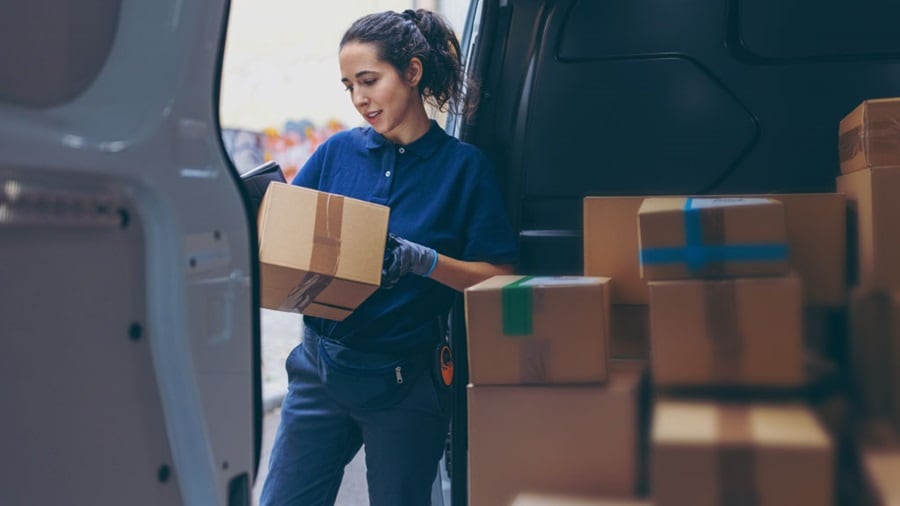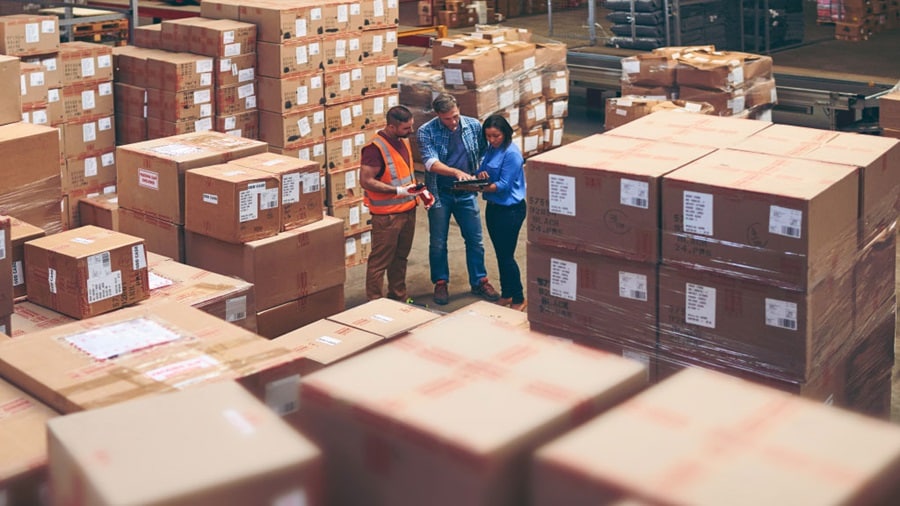When it comes to customs, the pressures on retail and fashion brands have rarely been greater. Commodity costs are rising, import/export regulations are becoming more complex and, if goods are delayed in transit, revenue losses and reputational damage are likely.
In-house customs teams may therefore need extra support to remain competitive in this environment. The centralisation of customs data can help with this by providing greater insights to gain a competitive edge. But how exactly?

Optimising transit speed
The first way customs insights can help retail and fashion brands gain a competitive edge is by speeding up and, when necessary, slowing down supply chains.
It’s no secret that, in terms of profitability, agile supply chains are a boon for retail and fashion brands. In fact, almost two-thirds of fashion businesses said that improving speed to market was the highest priority or a top priority for their company, according to an industry survey by McKinsey.
Why? Because, for these industries, sales revenues are often dependent on seasonality and first-mover advantage.
Take fashion as an example. Across Europe, clothing companies typically focus sales activities on products like swimsuits and shorts during summer. But, if the weather changes and there’s a major washout, there’s going to be a sudden, unexpected rush for out-of-season products like raincoats. If they haven’t forecast this demand, their customs data for these products may not be up to date, and their wet-weather range could get stuck at the border. This means they might miss the opportunity to take advantage of the demand and have to apply heavy discounting to shift the remaining stock – not good for the bottom line.
But it’s not only about speeding up supply chains. Sometimes, it’s about slowing them down. A retailer with excess stock and limited storage space, for instance, might need to slow down inventory to reduce capital tied up in stock. So, in this instance, they need the foresight to monitor these risks and make logistical adjustments.
Centralisation, however, can help optimise transit speed by providing the insights to develop a faultless and predictable customs process. For example, it provides the holistic visibility to help retail and fashion brands identify and tackle potential customs risks and mistakes before they become a problem. That means fewer disruptions and reduced delays, and more control to keep optimal inventory in line with consumer demand or business needs.

Underpinning commodities procurement strategy
The next way customs insights can give retail and fashion brands a competitive edge is by underpinning their commodities procurement strategy.
As commodity codes are updated twice a year by the EU, it’s easy to make mistakes entering the wrong codes. Pay too much and costs increase needlessly; pay too little and the risk of fines increases. But what makes this particularly challenging for these industries is that their products often have specific commodity code nuances.
For example, with retail and fashion products often manufactured at an extremely low cost in different parts of the world, they’re more likely to be affected by anti-dumping measures. Once these fees are added, products that might appear to have a healthy profit margin can soon move into the red.
But with customs data stored and accessible in one place, through a centralised customs solution, retail and fashion brands can review and monitor their commodity codes regularly. This makes it easier to see discrepancies and spot mistakes before they happen, saving time and effort.
And that’s just the baseline. Retail and fashion brands can develop this approach by consulting with customs experts who can use the company’s digitised insights in tandem with wider customs expertise, such as free trade agreements (FTA) knowledge. When the two are paired, procurement can be approached more strategically. For instance, a retailer might be able to see that a certain type of wooden table is more cost-effective to import than another because the type of wood used falls under a specific FTA.

Leveraging bonded warehouse cost efficiencies
The final way customs insights can give retail and fashion brands a competitive edge is by leveraging bonded warehouse cost efficiencies.
Again, this is a unique opportunity for these businesses because of their focus on seasonality, with a bad season amounting to warehouses full of unsold stock. Indeed, as detailed in our recent article, supply is currently exceeding demand across Europe. As a result, Bloomberg reports that, globally, some $163 billion in dead inventory is tossed annually. That’s a serious problem.
However, bonded warehouses can help reduce this problem. Not only can retail and fashion brands store out-of-season stock in bonded warehouses, but they can also defer duty payments by storing them there. That provides them with a novel way to control cash flow, which is particularly beneficial during a recession, and it allows enough time for the products to come back into fashion.
Here, integrated digital platforms and data-driven insights can be used to streamline operations and improve inventory management. With a clear picture of their inventory, retail and fashion brands can identify gaps more easily, enabling them to plan ahead and take action to prevent inefficiencies. Or, if an SKU is faulty and needs to be recalled, the insights can help them trace and locate specific stock.

Turning insights into action
The retail and fashion industries are known for being highly competitive and, at times, merciless. As the margins between success and failure hang on a knife’s edge, brands in these industries should be looking to gain, maintain or sharpen their competitive edge wherever possible.
Centralising customs is an effective way to help achieve this. By viewing all customs data in one place, it becomes easier to understand complex situations, discover fresh insights and make data-driven performance decisions.
At Maersk, our centralised customs solution can give you this visibility. Simply reach out to one of our experts to see how we can guide your customs journey.
For more information on rethinking your customs strategy, read our customs optimisation blueprint e-book or if you wish to talk to us about your specific customs requirements, please feel free to contact us.
无论您需要什么,我们都可以随时为您提供帮助
I agree to receive logistics related news and marketing updates by email, phone, messaging services (e.g. WhatsApp) and other digital platforms, including but not limited to social media (e.g., LinkedIn) from A. P. Moller-Maersk and its affiliated companies (see latest company overview). I understand that I can opt out of such Maersk communications at any time by clicking the unsubscribe link. To see how we use your personal data, please read our Privacy Notification.
By completing this form, you confirm that you agree to the use of your personal data by Maersk as described in our Privacy Notification.
